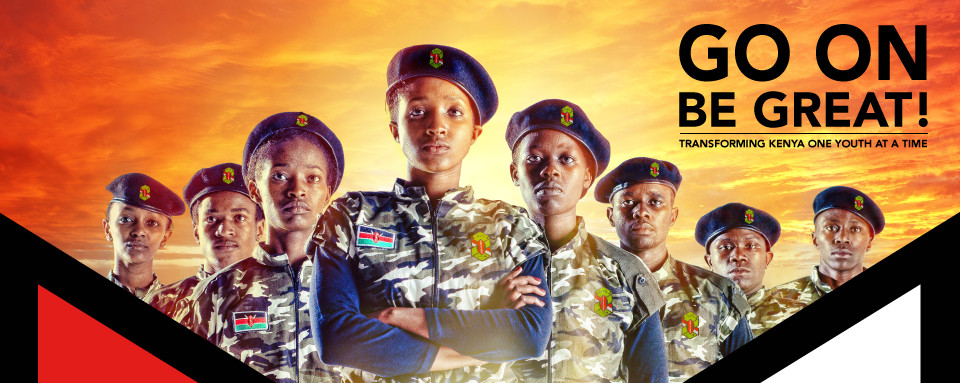Mzee Kiko | Septuagenerian’s view
Exactly eighty-nine years after Matthew Murrey’s rack locomotive, called The Salamanca started work for the Narrow Guage Midleton railway in the United Kingdom in 1812, The railway line between Mombasa and Kisumu was completed. That railway line, passed not far from the village in which I spent the first few years of my life on the slopes of Mount Kenya.
By the time I was a boy in the nineteen thirties, the novelty of the train had wore off (and the fear of it before that) and the train was another tool of European oppression in the years that I grew up. In those days, people were leaving the village and going off into the bush to join the then new insurgency that was to be called somehow, Mau Mau.
But when my oldest brother was a teenager in the teen years of the 20th century, the train was an important entertainment tool and the station two ridges away was the place where all the cool young people went for it.
The women would dress up in colourful calico dresses – calico fabric was an unbleached cotton material that is not fully processed – that were popular in those days. The dresses were really cloth that was passed under one armpit and tied over the opposite shoulder. The young men would be dressed in (usually their only) trousers that were bought in Indian dukawallas in the nearest shopping centres.
These young people would gather by the platforms as the train pulled in and a guitarist would play as they danced. Sometimes, a young man would “buy” a dance and the guitarist would play only for him, singing praises of him and his mother – always, he was the son of the mother. He would either dance alone or with his chosen friends and everyone else would stand aside and watch. Usually a fight would break up among the young men as they competed for the attention of the beautiful young maidens and that was part of the fun.
To be a guitarist at that time was the height of artistry – he would be required to ad lib the music as required and still manage to rhyme. I’m told today that is called the free style. He would have needed to be an expert free-stylist (I hope that is the right name for one), who could take the situation and the people attending and the atmosphere of the ridges at the time and weave them into great music with lyrics that no one could replicate.
As I grew up among the more educated Africans, we were weaned on Shakespear, Beethoven, Kipling and the like – whom we were made to believe represented “cultured civilization”. When we had got independence, a number of us rebelled against this and reveled in the emerging African Nationalism culture.
This really was what the renaissance that Okot b’Pitek, Wole Soyinka, Chinua Achebe, Ngugi wa Thiong’o and others of our times represented. Yes, they represented culture – a reasserted African culture even – but they may not still be relevant in today’s culture.
By now, you may have guessed that I am speaking to a certain train of thought – one that was started in the blogosphere by Mbaratho Mulago on Creative Ventures and reacted to by Marazzmatazz. It is the question of Wapi?, that interesting underground artistry movement of youngsters who gather at the parking lot of the British Council offices one Saturday a month and express themselves in painting, poetry, music and other forms of art.
The tone that Mbaratho took regarding the so-called Hip Hop culture and its manifestation locally is expected of my contemporaries and the middle aged people today. It has the arrogance of the past that had us preach what culture is and what art is. I cannot begin to understand the hip’s hop culture, but one has to accept that with art and the like, we all have our poison, and in Africa, there’s lots of space.



